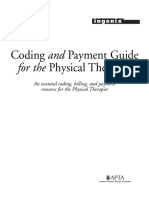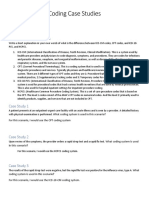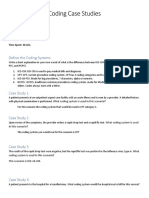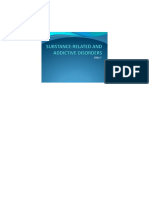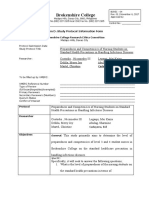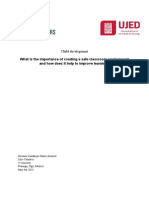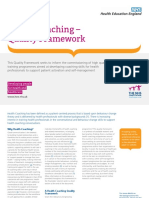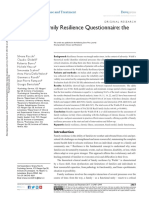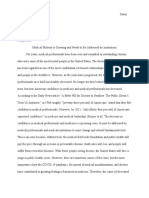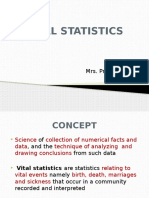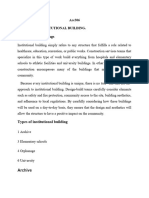0% found this document useful (0 votes)
365 views22 pages02 - Medical Coding Training - Basics
Uploaded by
rebalasif007Copyright
© © All Rights Reserved
We take content rights seriously. If you suspect this is your content, claim it here.
Available Formats
Download as PPTX, PDF, TXT or read online on Scribd
0% found this document useful (0 votes)
365 views22 pages02 - Medical Coding Training - Basics
Uploaded by
rebalasif007Copyright
© © All Rights Reserved
We take content rights seriously. If you suspect this is your content, claim it here.
Available Formats
Download as PPTX, PDF, TXT or read online on Scribd
/ 22

















